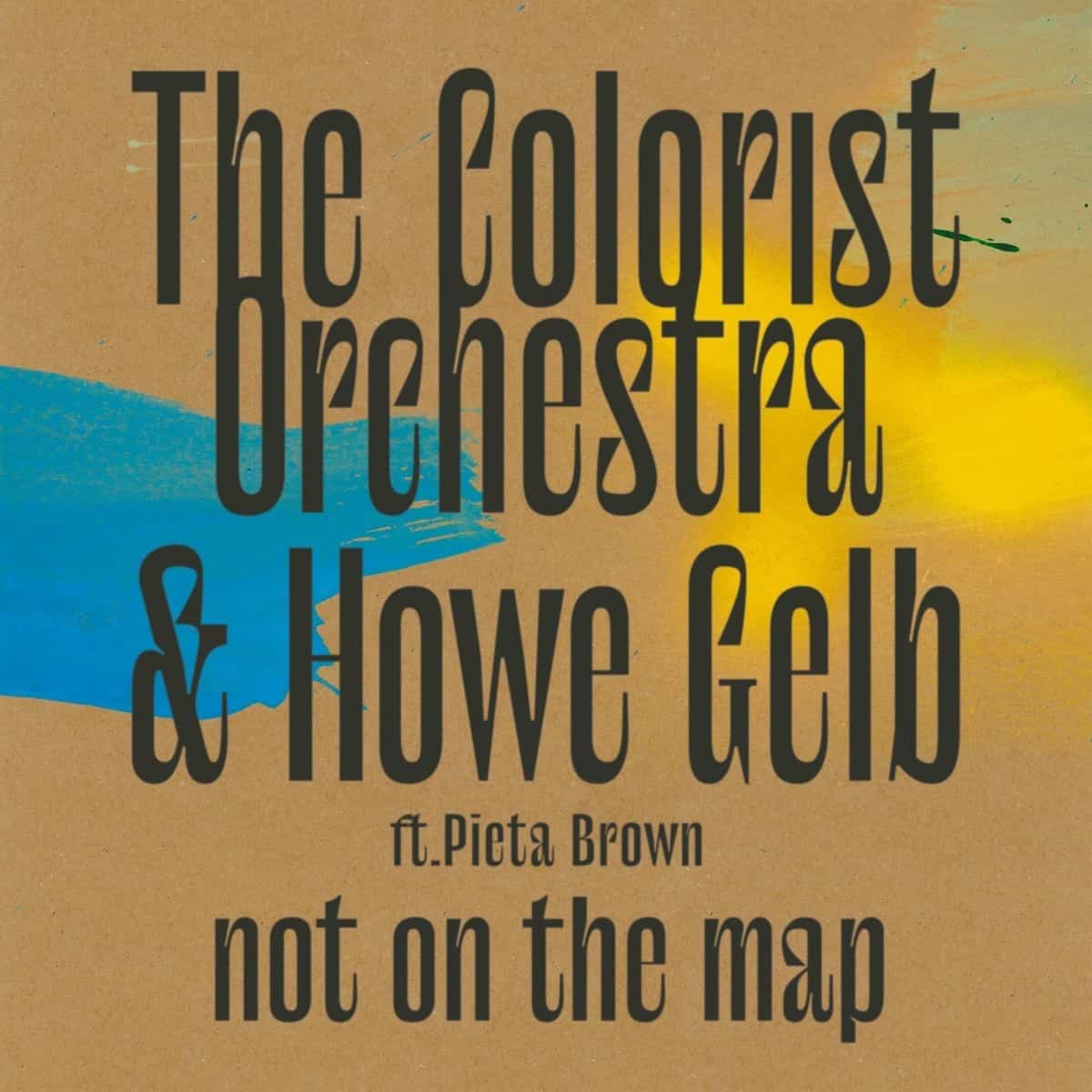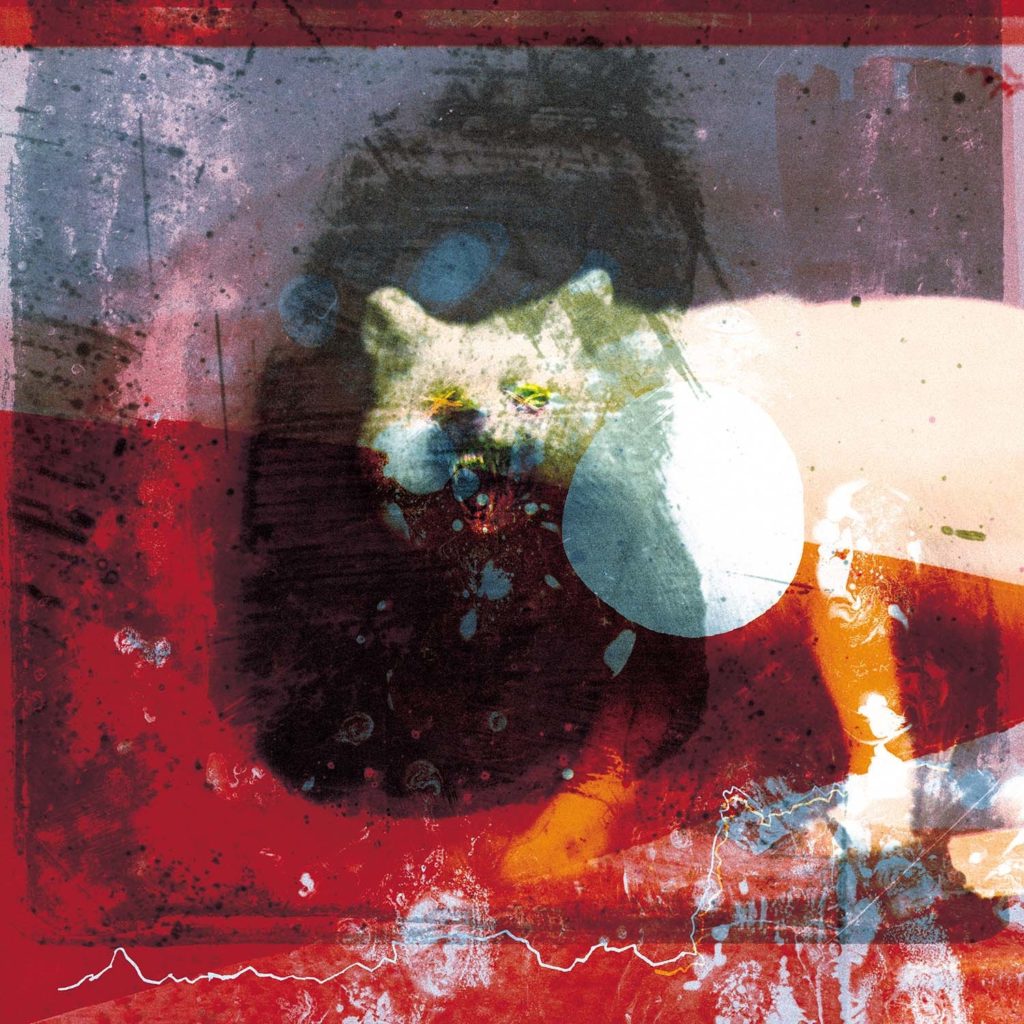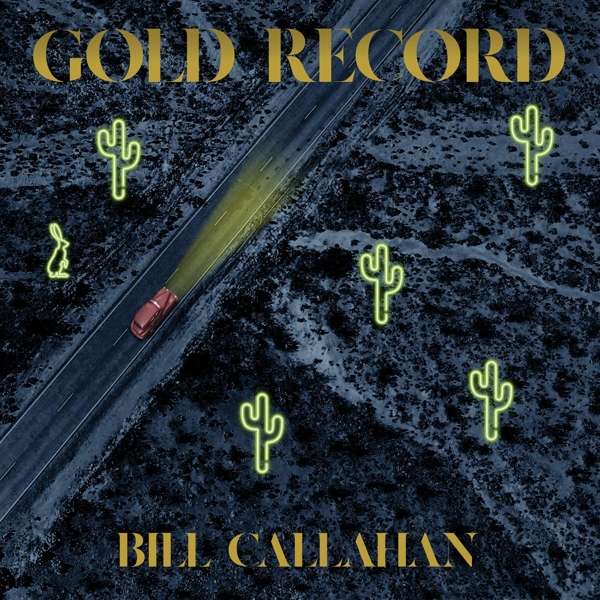The fundamental idea of The Colorist Orchestra’s work, the pop/chamber collective writes on its website, “is to rearrange the repertoire of an invited singer-songwriter.” “The unorthodox use of classical instruments in combination with a variety of musical objects is the foundation of The Colorist’s sound,” the group continues. “Inspired by the works of Harry Partch, Moondog, Kronos Quartet, Talking Heads and Steve Reich a.o., songs are ‘re-colored’ resulting in a [sic] ‘acoustic live remix’ or ‘an inverse Karaoke.” Those are bold claims, indeed. The group has collaborated to great effect with Gabriel Rios and Emiliana Torrini, among others, but Arizonan singer/songwriter/underground legend Howe Gelb has been a particular focus of the outfit. They worked with him in both 2019 and for a new recording, this autumn’s Not on the Map. The Colorist Orchestra fits Gelb’s Bizarro but heart-wrenching forms of cut-and-paste indie folk-blues well. The colors they add, no pun intended, imbue the natural drama of Gelb’s vexing little/not-so-little story-songs with a sense of deep wonder. Some songs – the sugary smooth “Sweet Pretender” comes to mind – display a boldness, a glory, even, that makes them feel like re-worked standards. Yes, they shine that brightly. But, for as much as many Gelb or Giant Sand fans will embrace the new LP, and for good reason, one nagging point keeps coming to mind: one only can wonder if the result of the collaboration would have been more illuminating if Gelb were not largely relegated to the role of narrator and narrator alone, sans his trusty guitar.
And so it goes. The beatific Pieta Brown, whose list of credentials cannot be crunched here, is a shining light on Not on the Map, on which she appears frequently enough to get a featuring tag on the LP’s spine. On “Sometimes,” she will break your heart, her voice blue as deep blues but also light and airy, like a breeze tracing its fingers over the surface of a lake. The chorus, where she offers, simply, “When you’re on your way,” perfectly sets up Gelb, who laments over bellowing strings. It’s enormously effective and effecting, and The Colorist Orchestra’s narrative deployment of classical instruments – think how a film score lends certain signatures to characters entering and leaving the frame – is ripe to a T. “More Exes,” another gem featuring Brown, is a little more conventional and pop-perky but Gelb and Brown, faux-dueting, will grab listeners’ ears and hardly fade into the background. The occasional borderline dirgy moment, as the orchestra swells and swoons a bit between narration, is unnecessary but forgivable.
On “Ruin Everything,” The Colorist Orchestra plays a little loose with Gelb’s familiar verse/chorus structures and, though Gelb’s narration is harrowing, it’s the little details that steal the show here, particularly a menacing little note or two here and there on piano, the instrument just sort of lurking around the next darkened corner, awaiting a victim. Something similar applies to the wonderfully understated “Thyne Eyes,” where The Colorist Orchestra’s oddly placed arpeggios – is that a harp? A zither? – develop into a kind of mysterious backbone over which Gelb offers blurry narration. A violin solo about 90 seconds into the unassuming piece is perfectly placed to take listeners out at the knee, and builds, later in the piece, into a kind of group of stringed weeping. The song, at 5:55 the record’s longest, trails off at times into a piano-led blues-scape with Gelb at the helm and, even there, where the instrumentation is sparse – damn, probably because the instrumentation is sparse – the piece sounds downright haunting.
The marimba or vibraphone of the closing track, the title piece, is either cool or tacky – leave that much to the listener to decide – but what follows it is Epic with a capital E. Again, the violin solo The Colorist Orchestra deploys is simple yet bracing, dancing around something resembling Eastern European folk stylings. Gelb, here, is at his yarn-spinning best, lamenting about how love finds lost men off the map as the strings offer more than their fair share of melancholy. The thing ends about three minutes or so in and you’ll wish it kept meandering alone for twice or thrice that time. Yes, it’s easy to wonder if the whole thing would have been pushed to a level of genius by incorporating, say, the rusty acoustics of Gelb’s “On the Fence,” off 2019’s solo outing Gathered. But, what we have before us is more than enough on which to feast. — Justin Vellucci, Spectrum Culture, Oct. 16, 2021
-30-




